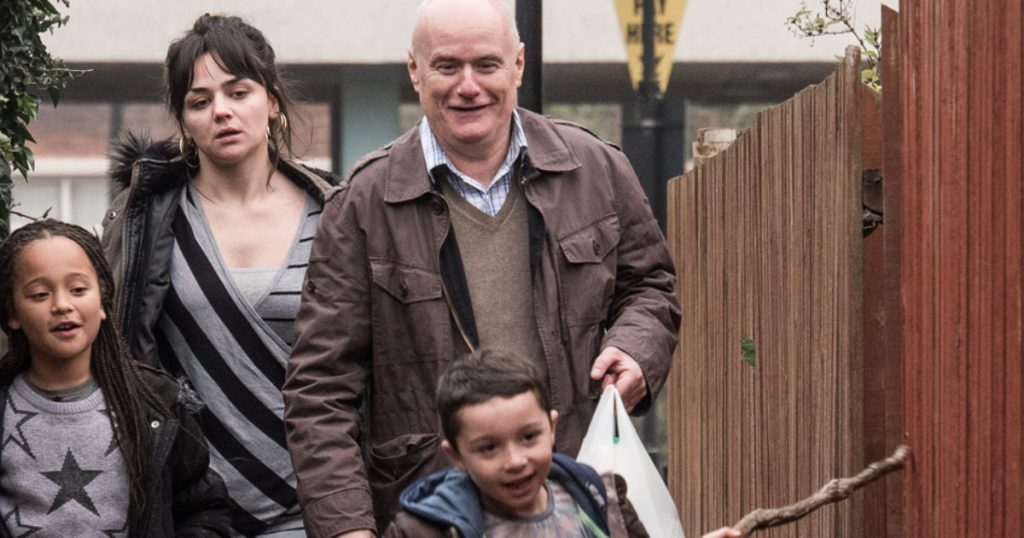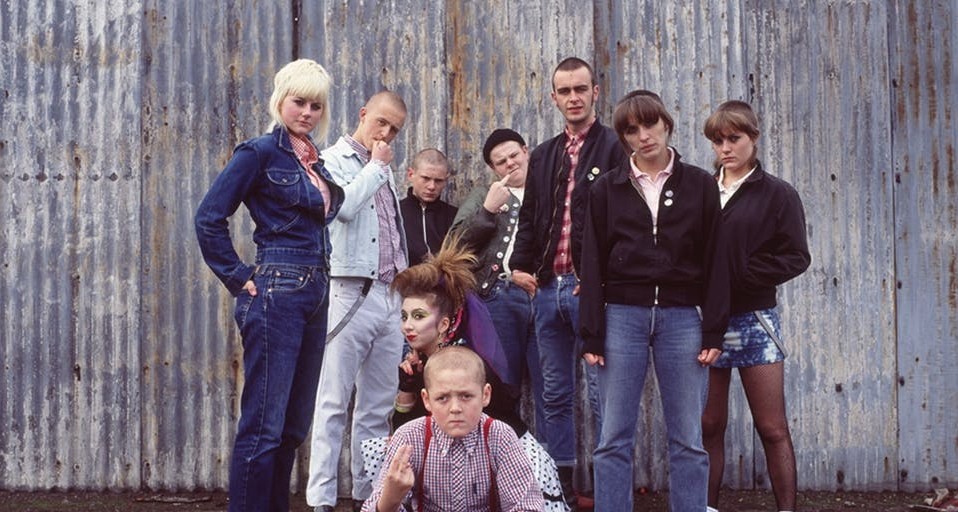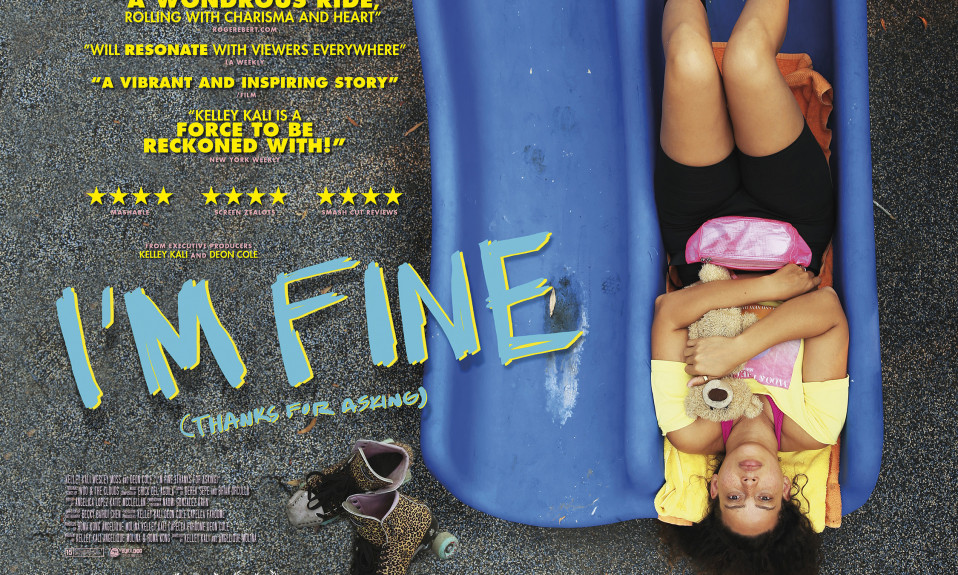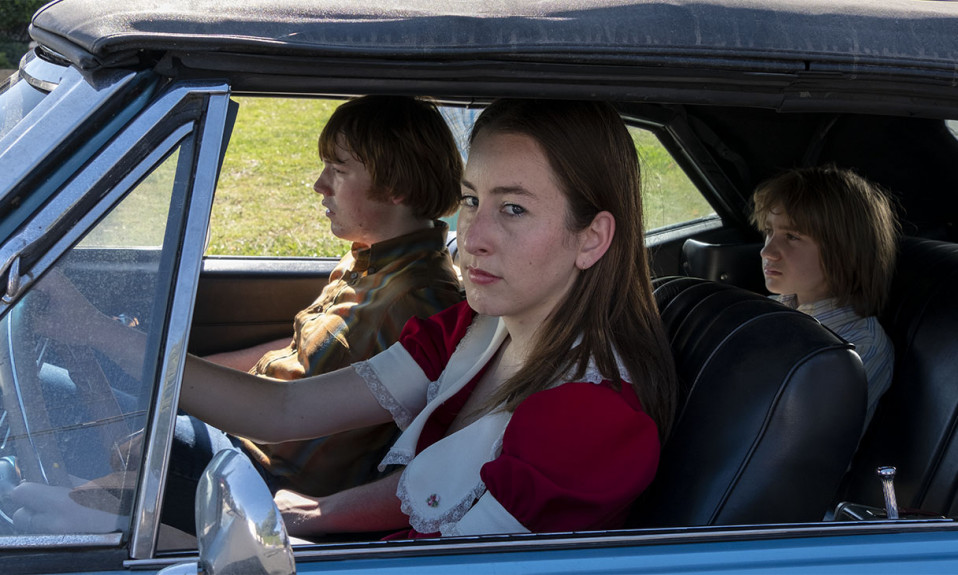“The middle class were invented to give the poor hope; the poor, to make the rich feel special; the rich, to humble the middle class.”
―Mokokoma Mokhonoana
Class – it could be argued that it is still as divisive a topic now as it was 100 years ago. Although there have been momentous breakdowns in barriers, there is still an evident divide between those who have and those who have not.
It is felt evidently in everyday life; the current political climate only goes to show that there is a whole societal group who have felt unheard and ignored. While at ground level, teenagers from working-class backgrounds feel they are not worthy of places at the top educational establishments such as Oxford and Cambridge. They don’t really help themselves in this perception, with 80% of offers still going to those from the most privileged backgrounds.
People often have a skewed perception of those in a ‘class’ outside of their own. People who consider themselves ‘working-class’ often see the more affluent members of society as out of touch snobs. While the upper classes can still look down on those in a much lower socio-economic bracket to themselves; It is important to realise what role the mainstream media has in perpetuating these stereotypes. To see classism in all its glory, you only need to indulge in daytime television.
The Jeremy Kyle Show. It’s air time of 9.25am would make it seem like family friendly viewing. However, just watching one episode will show you a patronising host who sneers at those who cannot get their point across as eloquently as he deems suitable and an audience that revel in the mockery. It’s hardly a healthy starting point for breaking down class divides.
Surely film can offer a more diverse level of representation? That depends entirely on who you ask. Although most offerings have a very limited, primarily white, depiction of class divides, there are still those films which will be analysed and debated for years to come. Sadly, it is often for their realism.
This is England

Shane Meadows’ This is England is now studied at A-level, degree and Masters level. And rightly so. Based a great deal on his own adolescent experience, Meadows is perfectly able to present the multi-faceted aspects of working-class life. Even Combo, the violent, racist thug is shown to be a juxtaposition of the aggressive rhetoric he preaches during brief moments of vulnerability.
This is England sees Shaun Fields (a thinly veiled pseudonym for Shane Meadows) desperately craving a sense of belonging while the death of his father leaves him vulnerable to negative male role models. This microcosm is set within the bigger picture of a town ravaged by the reign of Thatcher, something that many towns – including my own – have never fully recovered from.
While showing the Skinhead subculture in a more favourable light than it had often been presented, Meadows also highlights the bubbling racist undercurrent that was taking hold in these forgotten towns and cities. It is impossible to ignore how pertinent this theme is when we are now leaving the EU because we are apparently overrun with outsiders stealing our jobs and the American President is still hell-bent on building his wall. The agonising scene of Combo beating Milky, the only black character, almost to death while hurling racist slurs is even more uncomfortable due to the fact that this is still happening. While Combo represents a small, albeit dangerous, group there is also a definite sense of community in This Is England; social mobility is resisted rather than strived for. Shaun’s growth and understanding is the primary focus but Meadows does not shy away from how his social class influences this journey.
“While both are about people living in poverty, Loach is didactic, and even propagandist, in a way that Meadows rarely is. His politics can be found not in a straightforward message, but rather in his sympathetic, complex, rounded view of working class lives.” – David Buckingham, This is England: Growing up in Thatcher’s Britain
I, Daniel Blake

I, Daniel Blake is a film that stays with you long after you’ve watched it. Ken Loach’s most successful film at the box office presents social realism at its most harrowing and makes no apologies for it. The idea that it was an example of propaganda was felt by Ian Duncan Smith, the former Conservative Work and Pensions Secretary. This was the same person who was “looking to make it harder for sick and disabled people to claim benefits” according to leaked documents.
The fact that this politician was able to claim that this film was an unfair representation of the reality shows just how out of touch he is. Food Bank usage has gone up by 13% between April and September in 2018, with the Trussell Trust’s food bank network providing 658,048 emergency supplies to people in crisis.
Daniel Blake is approaching his 60s and has been deemed unfit to work by his doctor, yet he is forced to go through an uncompromising and often demeaning social system which forces him to look for work. The desperate lengths that both Daniel and single mother Katie are driven to are unbelievable, upsetting and disgraceful. While this is a work of fiction, I, Daniel Blake portrays the everyday reality for many people living in poverty. It is by no means an easy watch but it is a necessary one.
Boundaries
While these are two productions offer an insight into social class in Britain, they can not be seen as sweeping generalisations, much like Downton Abbey cannot be the one true depiction of the wealthy members of society. However, with nepotism still being a huge issue within the film industry, it is unlikely that we will see a more varied, colourful spectrum of experiences until people from those backgrounds are given the opportunity to share them.
Many, more uplifting stories, are out there but have to rely on the support of established film industry members to reach a mainstream audience. Fighting With My Family is just one example. Written and directed by Stephen Merchant, he discussed the theme of social class in this article with The Guardian.
With social mobility still stagnating in the film industry, with just 12.4% of people asked in a study being from working-class backgrounds, surely we need to demolish these outdated barriers. Perhaps primarily gritty representations of working-class life are hindering more than helping?
Also Read: War Films: Horror and Glory














